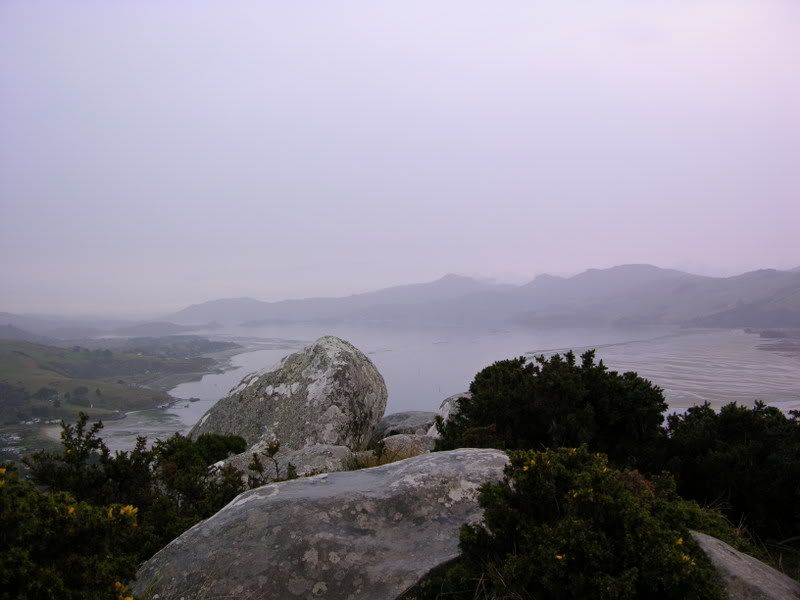
Same view just a little closer and now it includes the native cabbage trees. I think the addition is outstanding.
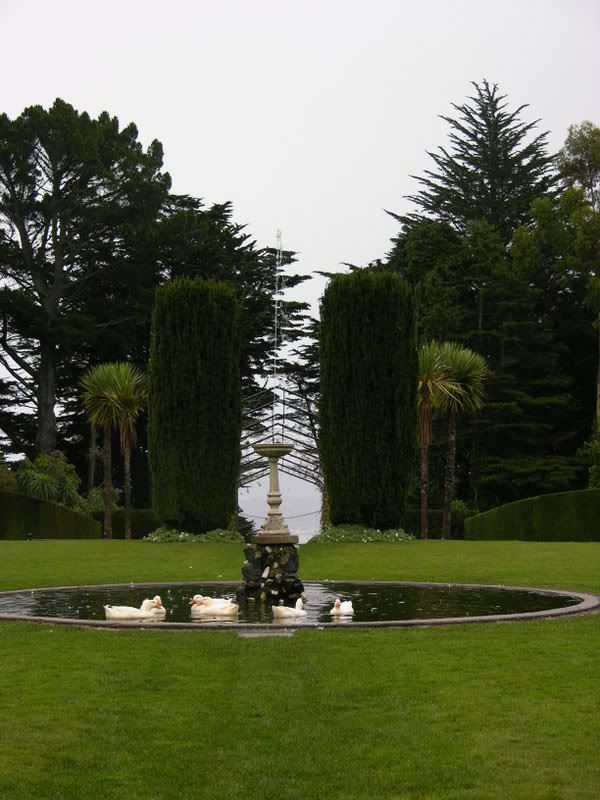
Lochness Castle


Maori Meeting House down the road on Otago peninsula with native plantings including a cabbage tree.
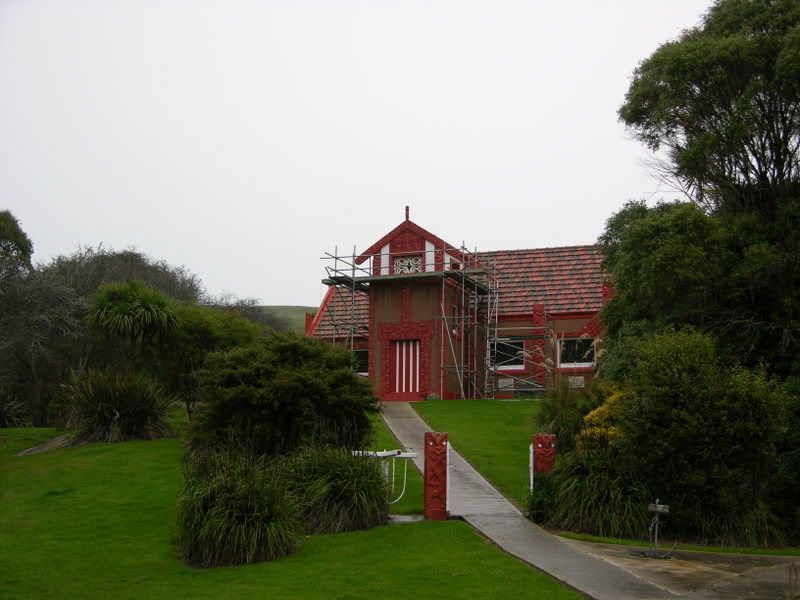
Taiaroa Head - Otago Penninsula – Dunedin. This is an amazing area as it is home to Royal Albatross, Yellow Eyed Penguins, Blue Penguins, fur seals, sea lions, to name a few.

Where’s Waldo!! There are at least eight fur seals in this photo see if you can find them.

To see the extremely endangered yellow eyed penguins you are brought to a shelter on the beach at a great distance to view with binoculars and are kept hidden from the penguins. They nest on the bank.
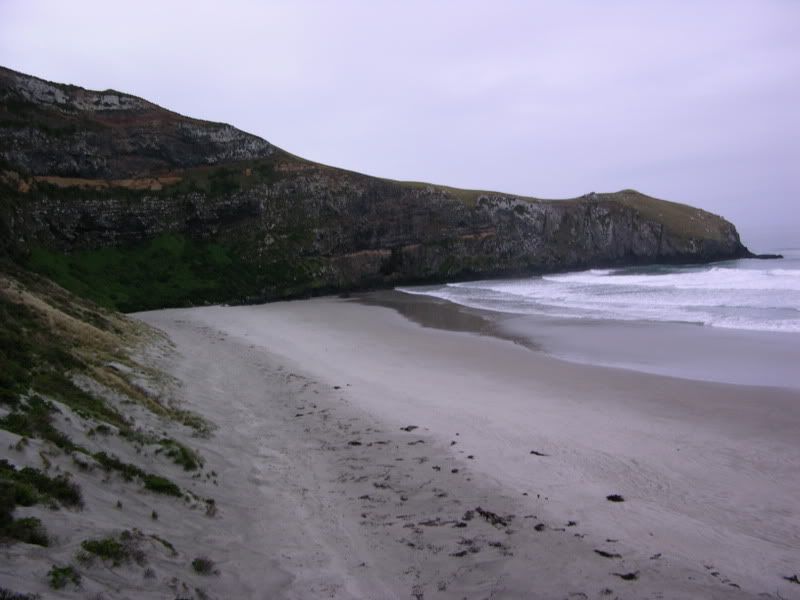
Blue Penguin

Looking down on the city of Dunedin and across at the beginning of the Otago Penninsula
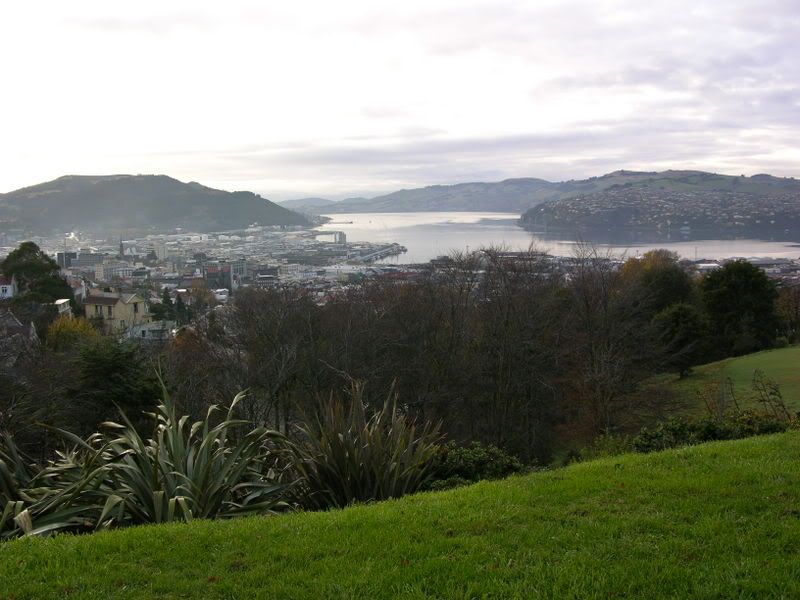
Old Boy School - Love this limestone and style of architecture.

These are a few photo's taken of the garden outside of Larnach Castle which was the 19th century home of a powerful and scandalous family. The town of Dunedin is on the south end of the south island and is a university town with a strong Scottish heritage influence. This photo was taken at the beginning of June which of course was of course a few weeks away from New Zealand's winter season. Dunedin will on occasion get snow but it usually melts before it hits the ground. Amazing color in this winter garden

Oh the texture
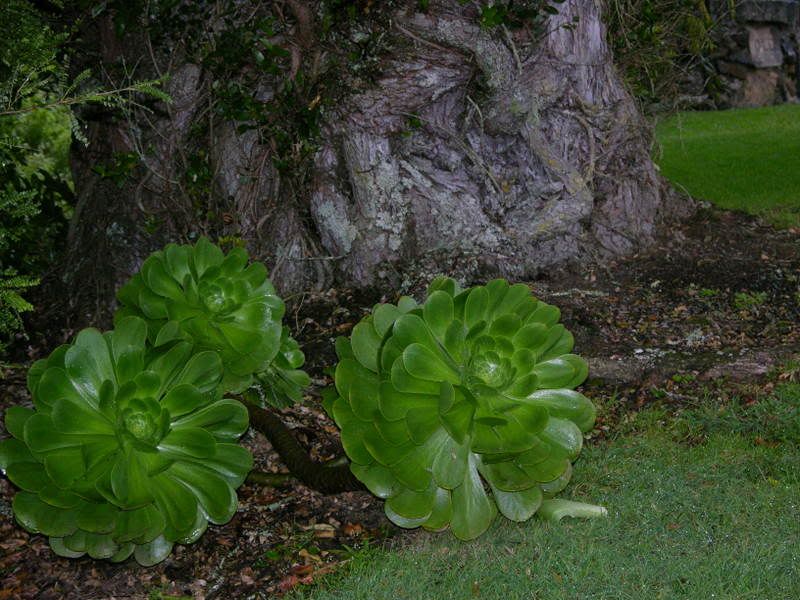
Artichoke
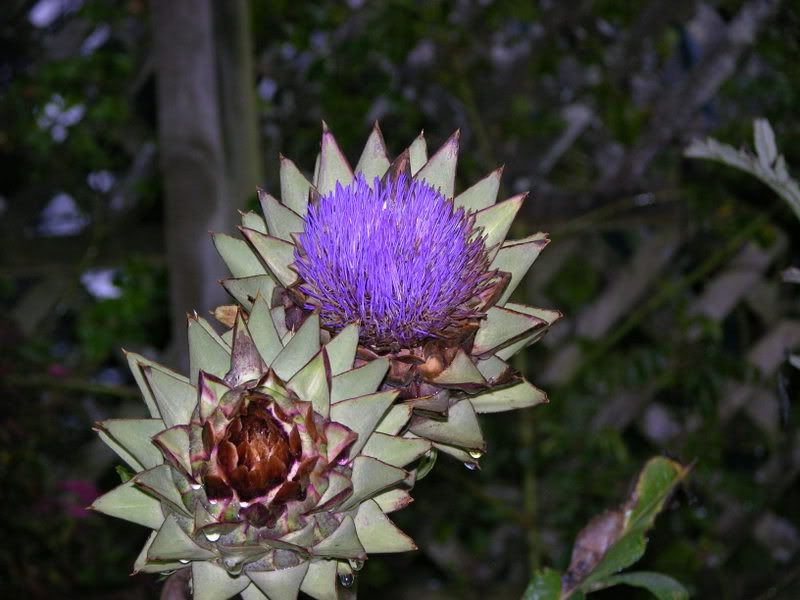
Love the bull.
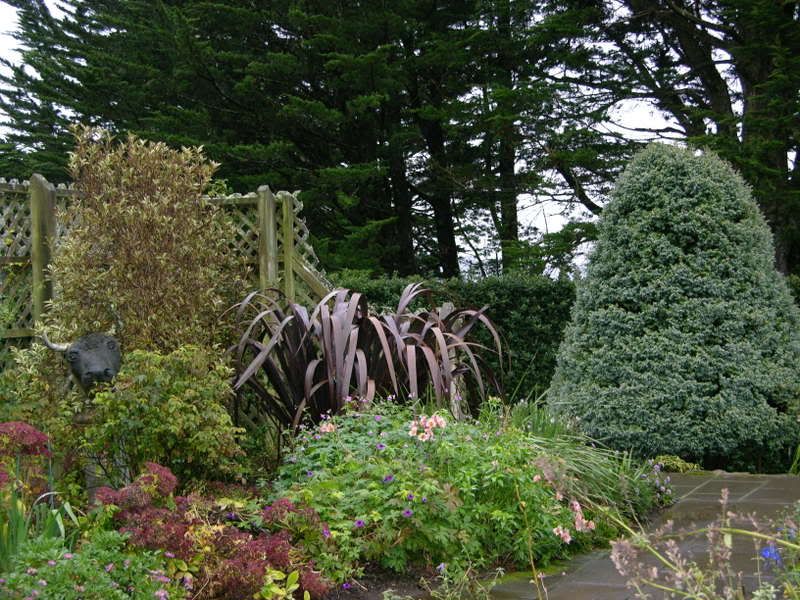
I like how the planters break up the linear walkway.
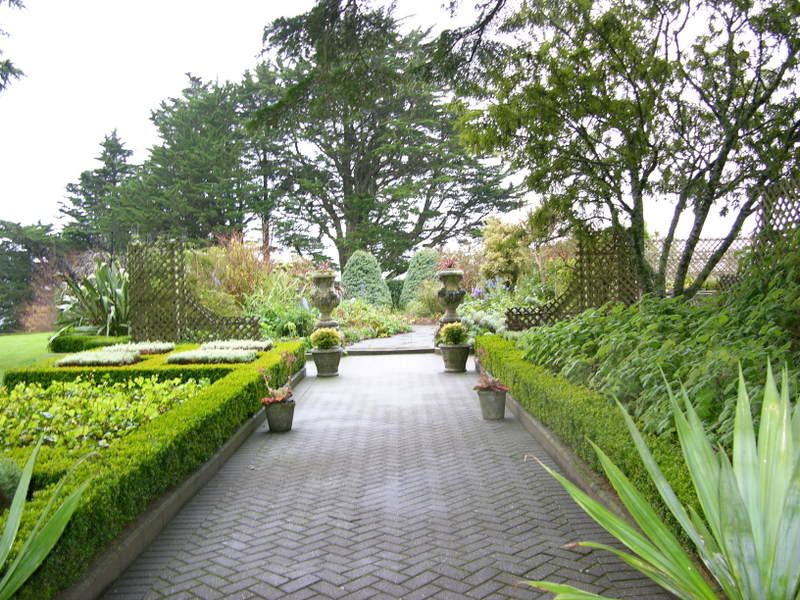
Fuchsia is a genus of flowering plants, mostly shrubs, and is a member of the Onagraceae (evening primrose family), but one New Zealand species Fuchsia excorticata is unusual in the genus in being a tree. The most common cultivars are hybrids, of which there are thousands, propagated by cuttings, since seeds will not breed true. My photo is of a hybrid in a residential garden in Dunedin. There are about 125 wild species of fuchsia. They are only to be found in Latin America (+120 species), in New Zealand (4 species) and Tahiti (1 species). The New Zealand species and Fuchsia magellanica from the mountains of Magellan in Chile, are very winter hardy. F. procumbens (New Zealand) is also winter hardy it is a creeping fuchsia that lies flat on the ground and produces erect, small bright yellow / brown / green flowers with red anthers and bright blue pollen. The stems are very thin and foliage is rounded. It is native to sand banks on the Northern Island of New Zealand. Fuchsia excorticata is a deciduous tree fuchsia which grows on edge of forests in New Zealand , particularly the North Island, up to 3000 feet and forms a tree of some 40 to 50 feet in height, in favorable conditions forming a trunk 3 feet in diameter. It is one of the most common trees of the New Zealand forests but is one of many native trees that possums are devouring. It has a short gnarled trunk and the cinnamon colored bark hangs in long strips. Fuchsia excorticata will grow so large that it is often used as a cover for Rhododendrons.
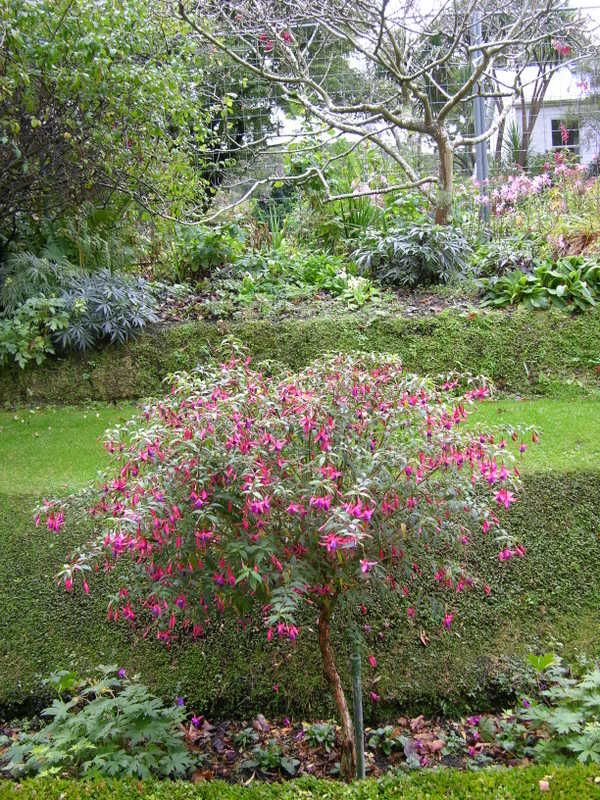
Re: Fuchsia magellanica and F. procumbens. Those of us who live in a warmer end of z6 definitely could try to grow F.magellanica, which is reputedly hardy to -5/-10F (z7). Of course, if you'll be able to find it, since I never seen it for sale here. I got mine from GWer from PNW, but ForestFarm have several cultivars available. It will behave as a dieback perennial, pretty much as a caryopteris, and if dies completely to the ground will resprout from the roots very late, say mid/late May. In such case it will be about 2x2' by July and will bloom from early August till frost. Shrub is heat and drought sensitive and absolutely resist transplanting (that is how I killed mine) unless in a very early spring while dormant. They are mostly red/scarlet, but there is a lavender cultivar 'Mollinae'(sp?) and a pink one 'Sharpitor'. I'll be looking to buy some of those next spring to plant among azaleas/rhododendrons for the summer color and possibly to grow in container. F.procumbens is a very 'strange' plant, IMO. When not in bloom you'll miss it completely. When in an early stage of bloom you have to be pointed to it, otherwise you'll miss it as well. The most interesting part is at the late stage of the bloom, when some flowers are still present, but seedpods already formed and start turning into plum color. I don't grow it, but saw fairly old speciman grown in a huge urn in private garden in Florence, Italy. BTW, the world largest assembled collection of fuschias is in....Sweden. EGO
Train Station in Dunedin
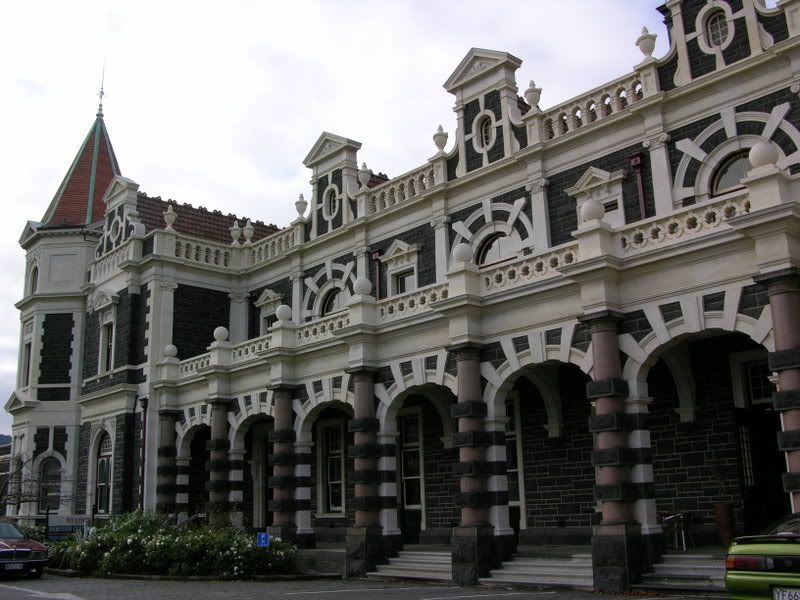
I took this photo because I thought it was a good example of a possible solution to the problem of gravel drive meets lawn. What do you think?
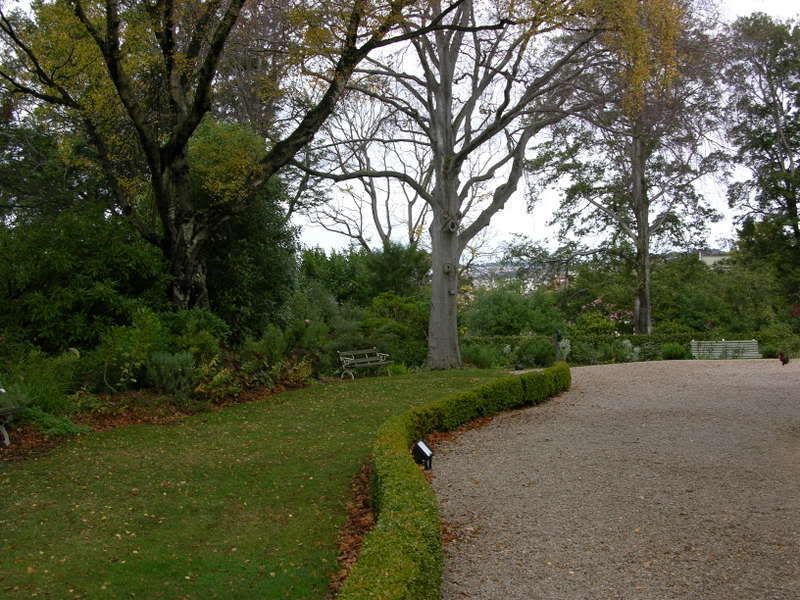
Downtown Dunedin- note that the covered walk ways offer shelter from sun, rain, snow. In each NZ city I visited there were similar shelters on each corner where pedestrians would wait to cross the street. The shop awnings throughout the cities over hang to the curb it was wonderful I wish New England Cities would offer the same.
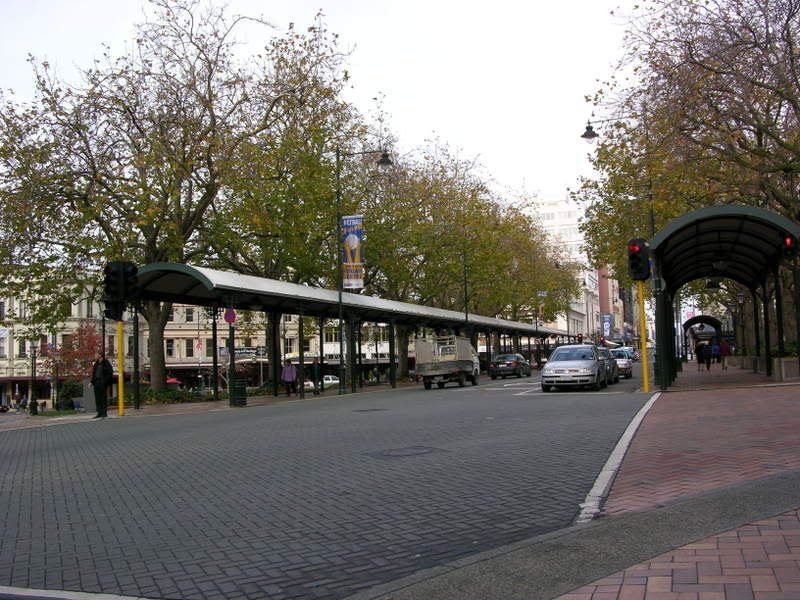
March of the Penguins Well every mile forward into my adventure becomes more amazing after a six hour drive to Dunedin I arrived into a city of 120,000 it sits on the Pacific Ocean at the bottom of some steep rolling hills. Dunedin is a University town and was originally founded in 1860 during New Zealand’s gold rush era. This is such a beautiful place in some ways it reminds me of San Diego. I made my way out of the city and on the Otago peninsula I found a place called Natures Wonders that is a privately owned stretch of land and beach dedicated to protecting the endangered yellow eyed penguin. The endangered yellow eyed penguin (there are only eight hundred of them left in the world) is the only penguin that can not survive in captivity it becomes so terrified it dies within two hours of coming in contact with humans. Unlike other types of penguin’s the yellow eyed is very solitary they mate for life but do not like to be too near other yellow eyed penguins. When I arrived to Natures Wonders they handed me a rain slicker and directed me to a mud covered otv vehicle…off we went into the sheep covered hills and down the cliffs to the shore to watch the penguins from afar. They nest in the foothills and take turns waddling across the beach and into the ocean to feed. When they are done feeding their mate is so excited to see them return they leave the nest and waddle to the shoreline to greet them. They were soooooooo cute. Off of the same beach two days earlier three killer whales had been spotted. This is also the nesting place of the royal albatross which is a huge bird with a wing span of 4-6 feet. Again I am finding the people to be very generous of spirit and again I am in another city that has zero litter isn’t that amazing? The University is the most prestigious in New Zealand and is Dunedin’s largest employer followed by Cadbury Chocolate and then an appliance manufacturer. Joe perhaps this place is not only calling to me because of it’s in creditable natural beauty but the possibility of working at a chocolate factory as a taster of course. On the surface I think we would be very happy living anywhere between Oamaru and Dunedin but who knows what tomorrow will bring? Love kt
Entrance to the Dunedin Botanical Garden that is located in the heart of the city Zone 8.
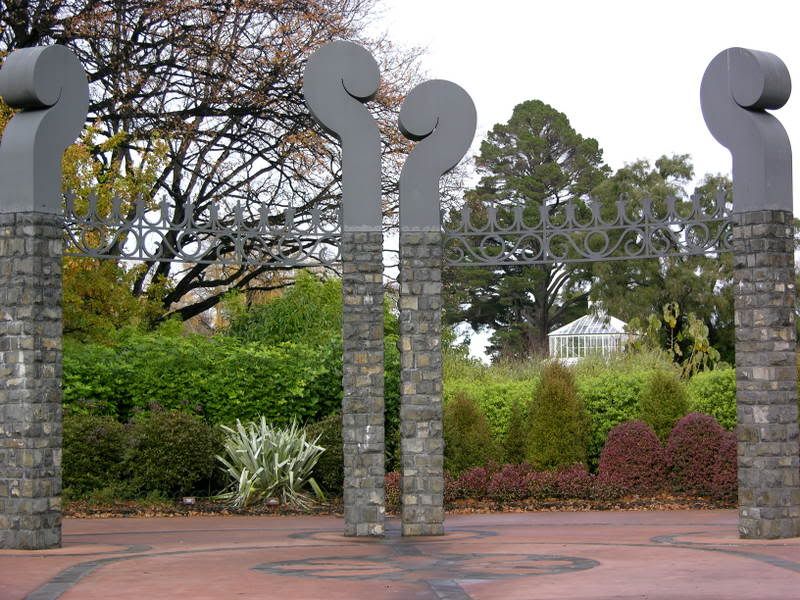
Great combo of Cordyline and Dahlia in front of Rhododendron. Although considered to be in the same USDA zone Dunedin is closer to Antarctica than Christchurch and it’s climate closer mimics that of the Himalayans. The botanical garden is most revered for its Rhododendron dell.
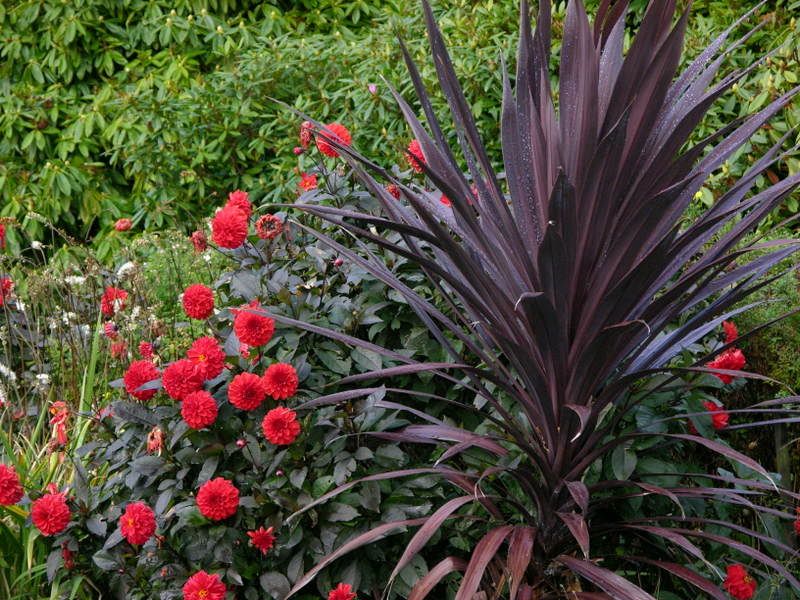
Every turn more beautiful than the last
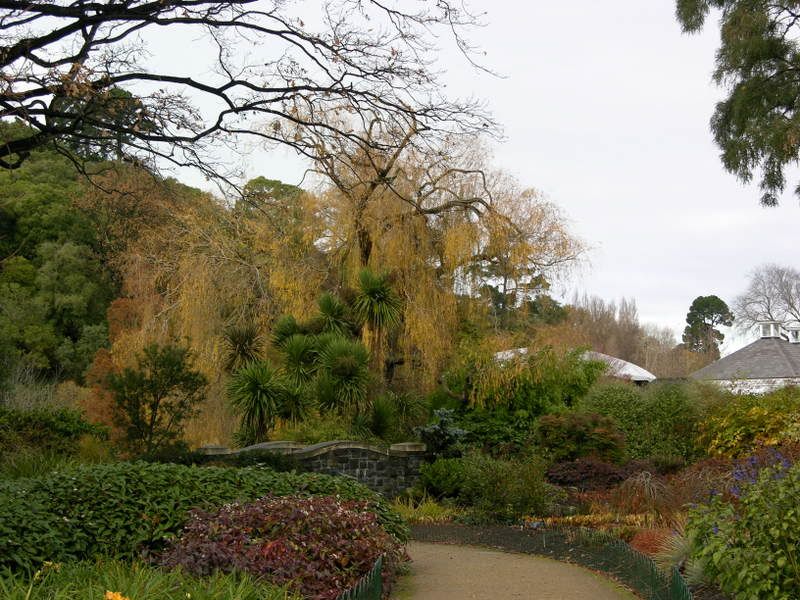
This shrub was not labeled but I am pretty certain it is a Barberry.
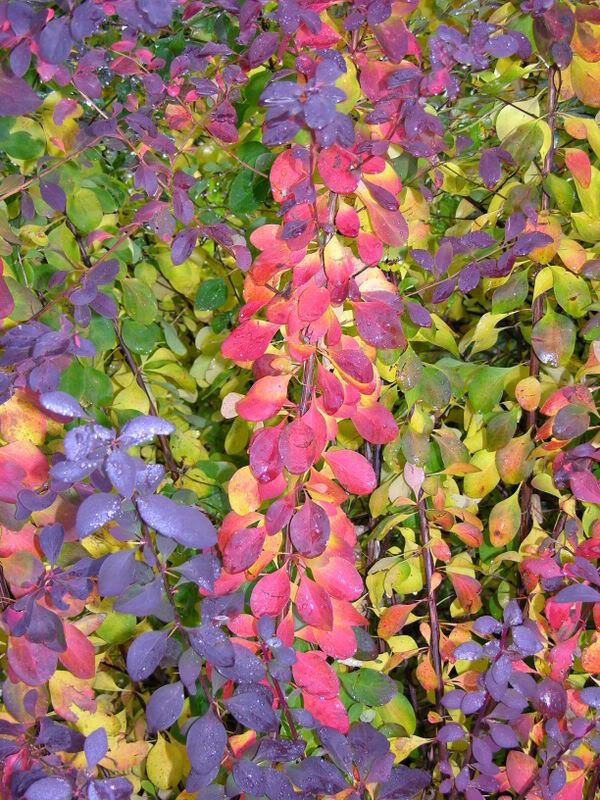
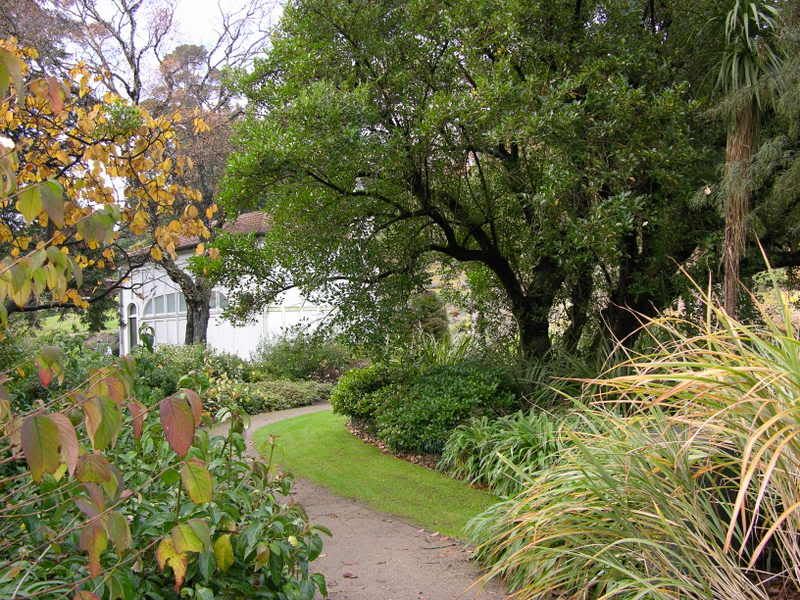
This peaceful vista is one that I think arbo_retum is going to love.
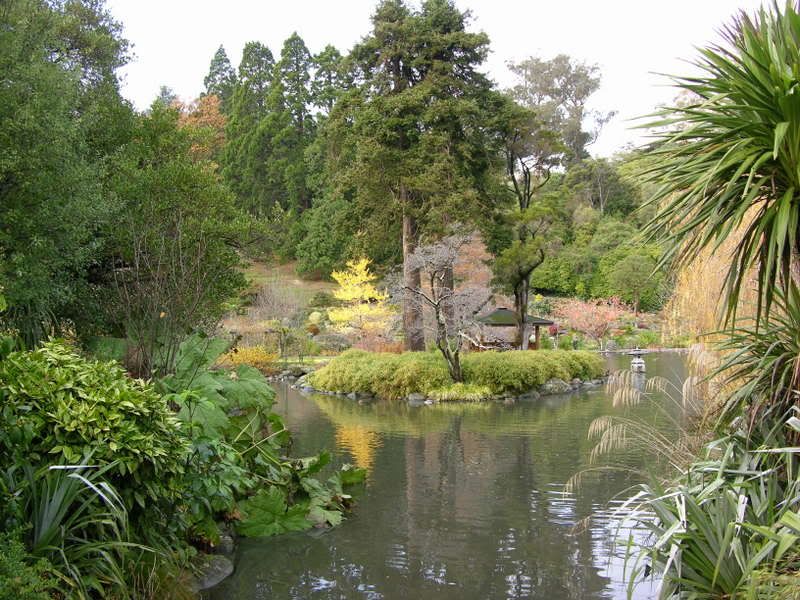
I like the added dimension that terracing gives to this herb garden
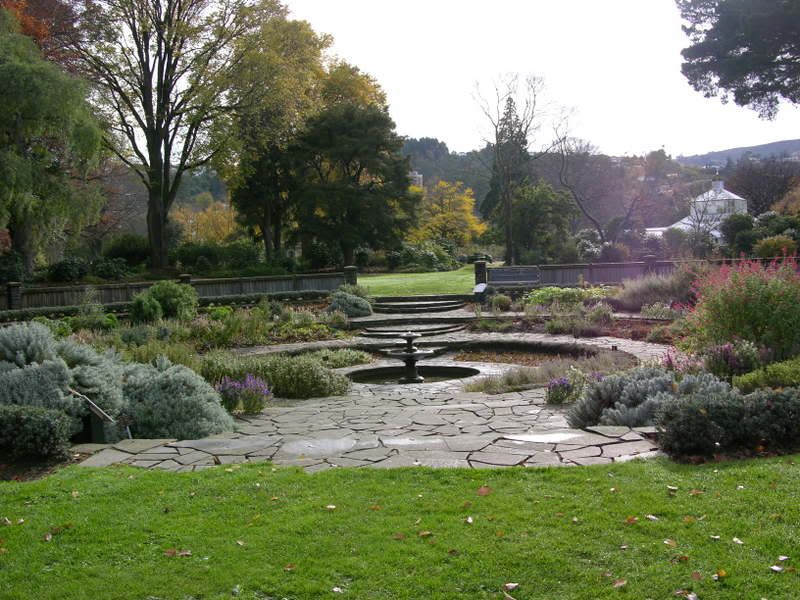
Terraced alpine garden isn’t it one of the most beautiful you have ever seen?
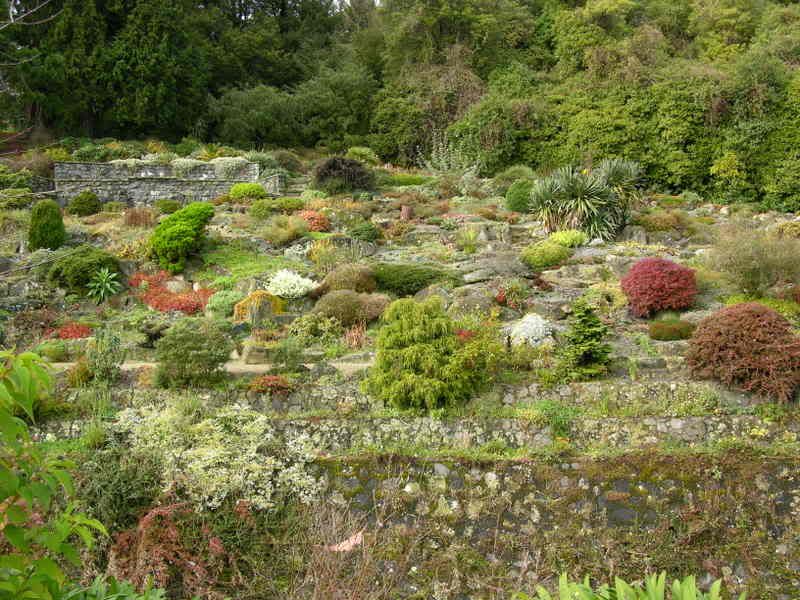
Dunedin Botanical Gardens
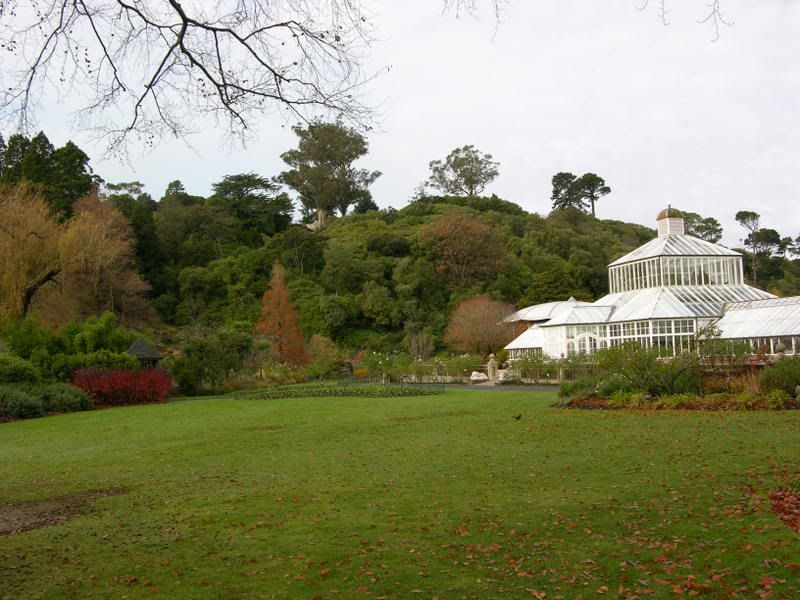
Magnificent Moss. This river runs through down town Dunedin
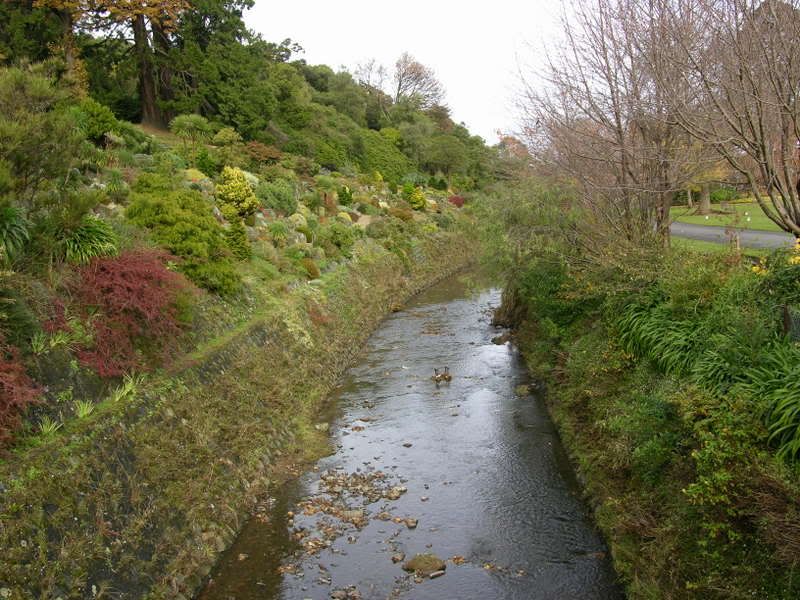
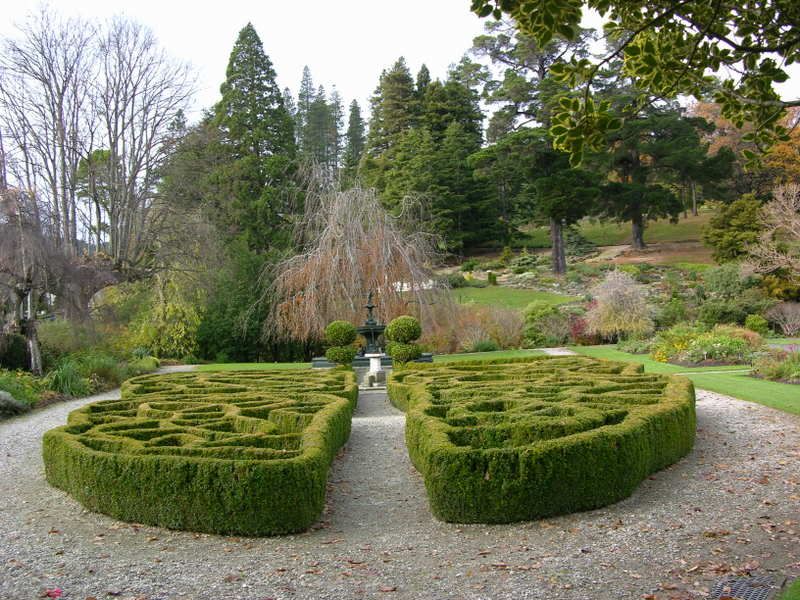
A rose is a rose is a rose…

Yes bug eaten at the end of the season but I love the leaf combo.
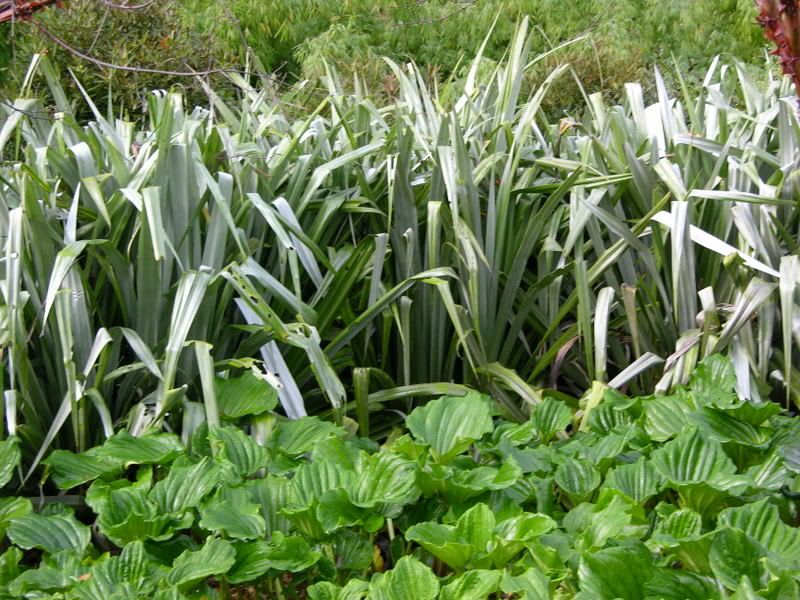
Rhodies look good as a backdrop or foreground to everything.
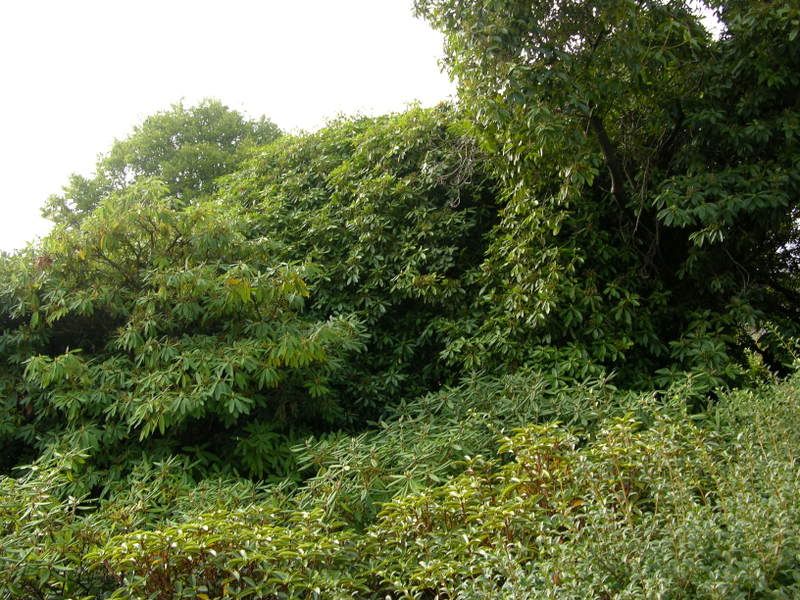
One of my all time hands down favorites.
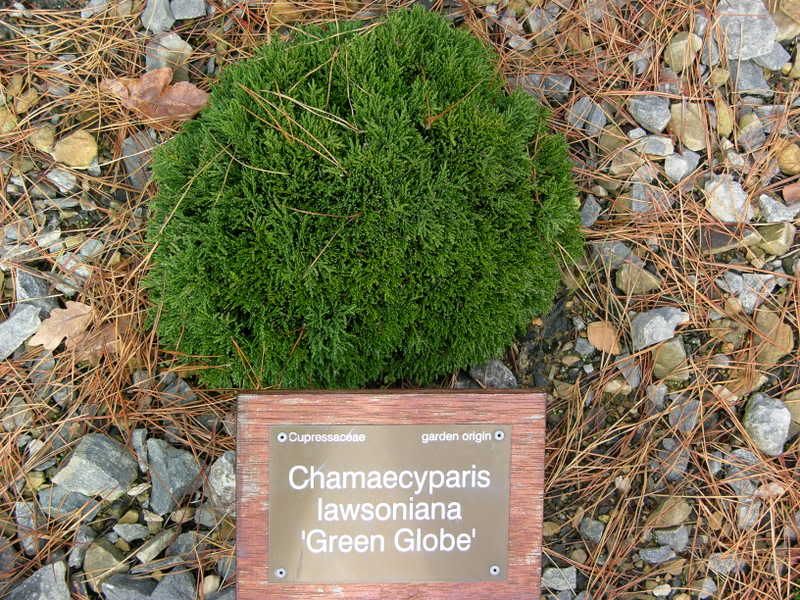
The scale here is wonderful.
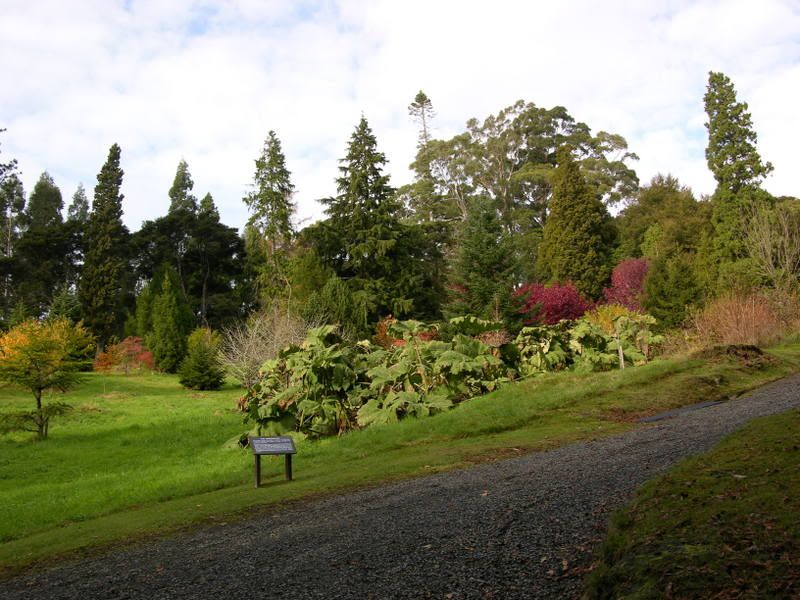
Although not a New Zealand native there are many different varieties through out NZ gardens…not a stretch to see why I just love the shrub regardless of the flower. I came across the following info re the genus of Protea that I thought was interesting. "Africa shares only one genus with Madagascar, whereas South America and Australia share many common genera — this indicates they separated from Africa before they separated from each other."
Protea scolymocephala

Protea aristata
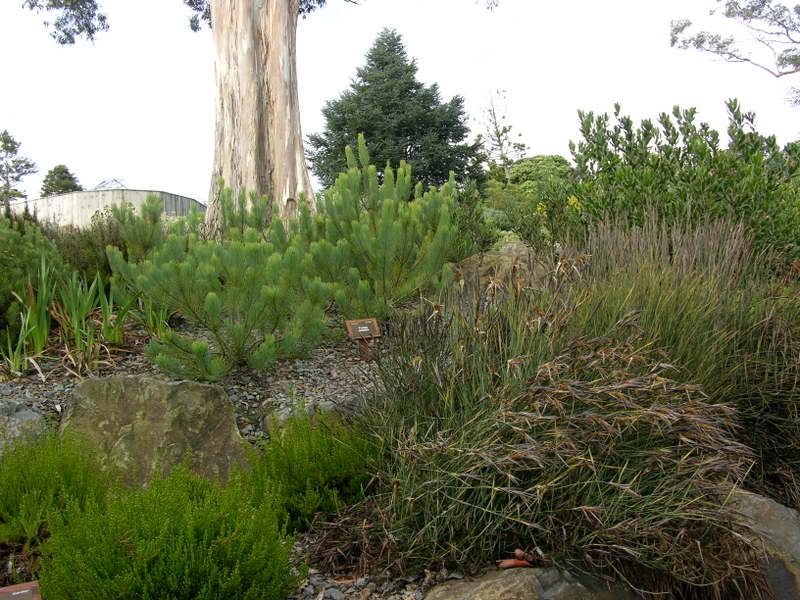
Protea
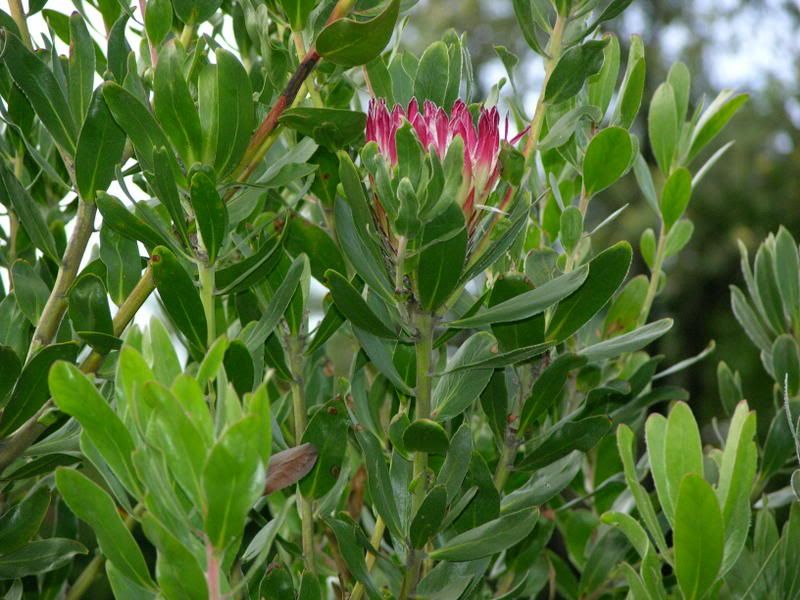
Cedrus deodara ‘Mountain Beauty’ in center
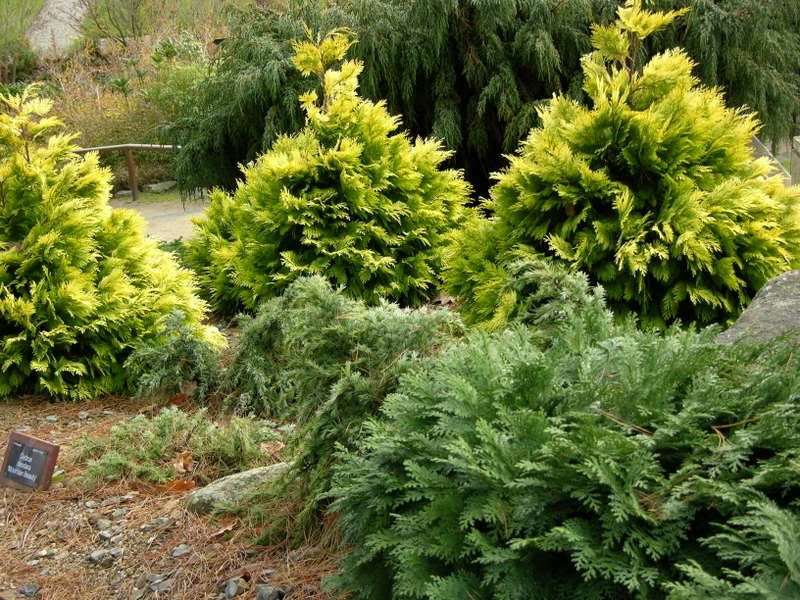
Colorful conifers
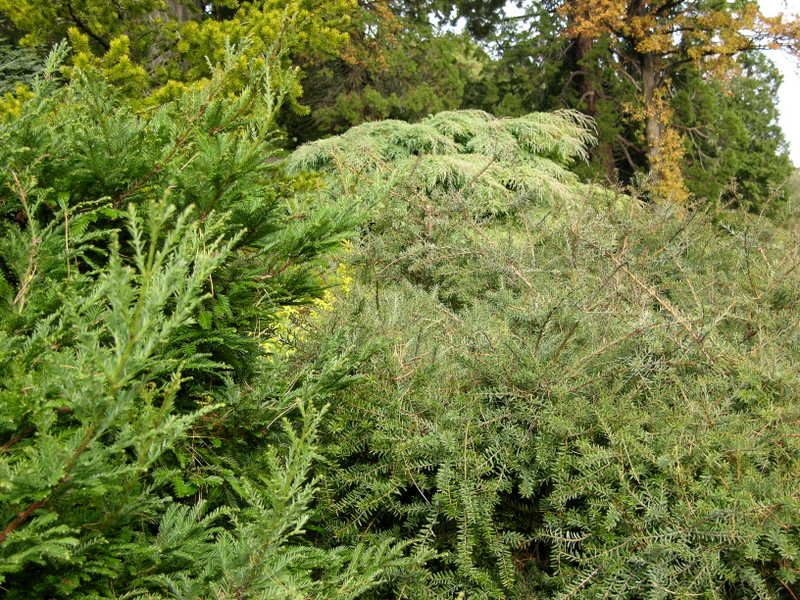
Arbutus unedo Strawberry Tree
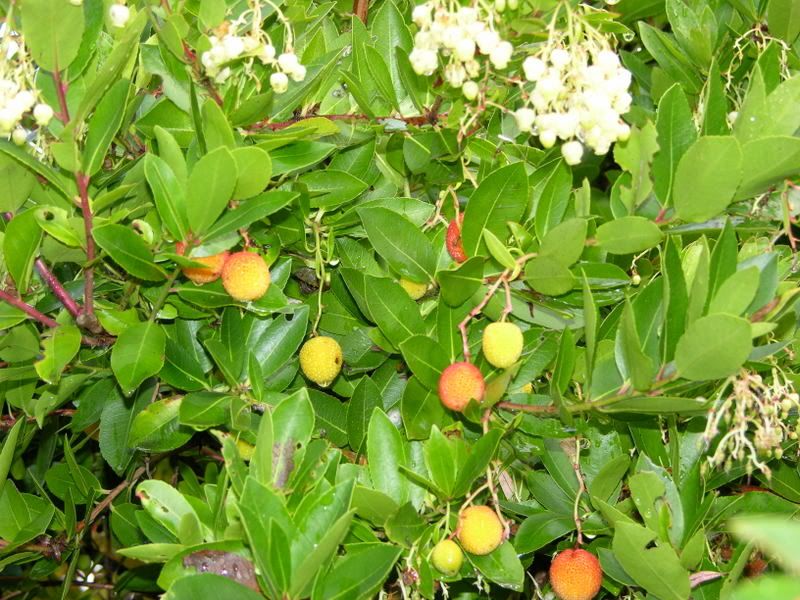
One of the main differences between Christchurch and Dunedin Botanical gardens is the age of the specimens Christchurch (and it is a concern for them) has a large population of older trees.

Path up the hillside toward the Rhodendron Dell…No photos of Dell they were all lost as were a third of my over all photos when my lap top crashed and fried. Yes I know back up… back up… back up.
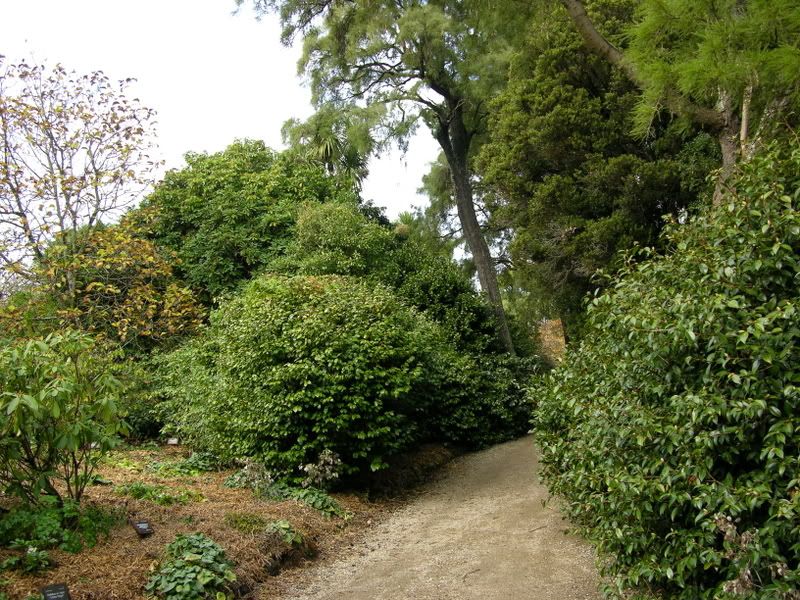
Palmerston a small village population 890 which is typical of the FEW small villages outside of the cities. The south island is made up of vast stretches (hour after hour, mile after mile) of sheep/venison farms. This photo really represents what the Otago region is all about it reminds me of Nova Scotia you can double click on the photo and work with the button for a close up view. It is about an hour north of Dunedin the area's big city. I spent the morning and part of the afternoon touring around Dunedin trying to learn about the different areas, while getting a cup of tea I chatted with some locals all of whom are very proud of their city. A few things that I found out were New Zealand is called the country of the white cloud..in reference to the number of cloudy days. It does snow this far south but just like at home it is infrequent and usually melts before it hits the ground. In the 90’s New Zealand went through a slight recession and Dunedin was the only city that did not have a hard time because the University is the large employer and like plumbing there is always a need for Universities. Real estate prices are considerably higher than I thought they would be but I am yet to be discouraged. The city itself is very cool the botanical gardens were amazing they have a similar climate to the Himalayans where rhododendrons are native so the Botanical Garden has four thousand different rhodies from around the world all planted in a dell. In November when they are in bloom people come from all over the world some of the rhodies are even scented. Yes I know Morgan your making your trip plans now. Everything in New Zealand is backwards the sun sets in the east the south side of a house is the shady side, and they drive on the wrong side of the road. I traveled today to the southern alps to a town called Te Anau the alps look just like the Alps in Austria. All during the 4.5 hour trip all I saw was sheep and grass covered rolling hills there were two small villages along the way that were unremarkable. I arrived in the evening so I don’t have much to report other than my feeling that this area may be too remote for everyday living but the Otago region outside of Dunedin may be what we are looking for let me know what you think. I am going to Queenstown soon and have high hopes for that area.
No comments:
Post a Comment